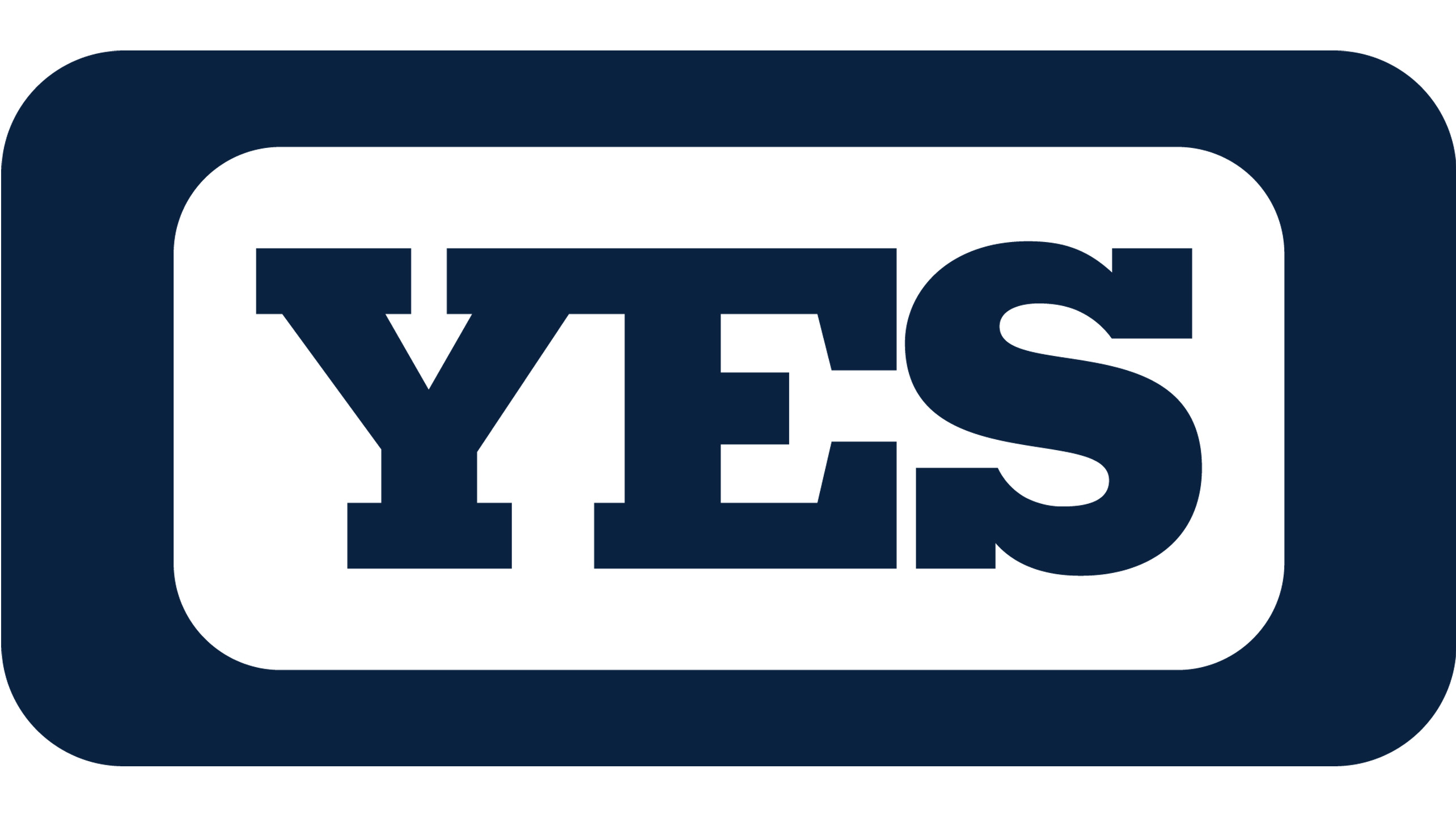
Sports jersey numbers might be something of an afterthought in today's day and age, but not terribly long ago the notion was something fans could hardly stomach.
In Major League Baseball, the Cleveland Indians became the first club to implement numbers on jerseys in 1916, placing them on the sleeves of their big leaguers to help fans discern which player was which. But just three weeks into the initiative, the practice was abandoned.
Players thought the numbers looked funny, reporters thought they were too small and owners thought them a pointless expense.
More than a decade later, uniform numbers returned for good when the 1929 Yankees - a team that featured eight eventual Hall of Famers including legendary sluggers Babe Ruth and Lou Gehrig - assigned players their numbers based on where they hit in the lineup, hence Babe Ruth's now legendary No. 3 and Lou Gehrig's equally iconic No. 4 (which also became the first number ever retired by a Major League club).
"YANKEES TO WEAR NUMBERS THIS YEAR," read a New York Times headline in January 1929.
"Plan of World's Champions Will Be an Innovation in the Major Leagues."
In the near-century since sports jersey numbers became ubiquitous in America, they've continued to grow in importance and significance for fans and the players that wear them, but there's no denying the role the Yankees franchise played in making them as popular and important as they are today.
For more on the advent of uniform numbers, check out the video below.



